I often wonder “How many hats do you wear?” It’s something that goes through my mind because I often struggle with the hats I wear. Some days I think my problem is simply that I have way too many hats, or that some of them just don’t suit me and I should give them away. But other days I’m all over it. On those days I go to bed feeling completely satisfied and know deep down in my heart that I’ve got exactly the right number of hats (and the right types of hats) that I need in life.
Multiple Roles and Responsibilities
“Hats?” you say ….. Well, I’m not talking here about the kinds of hats you wear on your head to keep the sun off or the cold out. Here I’m talking metaphorically about the different roles and responsibilities we each have in life. To list them all would take pages and pages, so here are a few of the hats that I wear and juggle every day:
- mother, wife, sister, daughter, aunt, cousin, niece
- friend
- bushwalker
- mountain biker, mountain bike instructor
- innovator, creator, writer
- business owner, entrepreneur
- facilitator, counsellor, consultant
- community member
- club / association member
- household manager, cleaner, cook, organiser, shopper, bill payer, transporter
- supporter, mentor, mentee
- consumer
The Struggle is Real
Now if life went smoothly all the time, I’m sure I’d have no issue with my hats. But life’s not like that. Life is messy, and chaotic and unpredictable. Routines and plans go out the window as I work my way through Plan A, then Plan B, and Plan C, and then I wonder “Will it ever stop?” I’m juggling a business, home, and a personal life, switching between hats constantly. Sometimes I don’t have a clue which hat to put at the top, and which hat to leave at the bottom of the pile. The struggle is real people! So this leads me again to my question ““How many hats do you wear?” And “How do you juggle the different hats you wear?”
My Crazy Hat Lady Examples
Let me explain my dilemma a bit more with some real life crazy hat lady examples:
- I hastily throw my ‘entrepreneur hat’ off and grab my ‘mother hat’ as I rush to meet the ambulance that’s taking my son from school to hospital after a playground accident. In A&E I’m balancing my hats on top of each other as I flit between support person, consumer, organiser, business owner, wife and household manager.
- In my home office I put my ‘writer hat’ on but I’m wearing the ‘organiser hat’ underneath and that’s the one that everyone recognises and gravitates towards. It’s like a beacon that attracts moths on a hot summer night.
- Sometimes when I’m wearing my ‘mountain biker hat’ or my ‘bushwalker hat’, I unconsciously slip my ‘innovator hat’ on as well. Then off I go with the fairies, blissfully dreaming and creating as I wind my way mindlessly along the bush trails which I know and love.
From Struggle to Juggle
It’s true that I find myself struggling from time to time with the multiple roles and responsibilities I have. But one thing is certain – it definitely pays to check up on the hats you are wearing very regularly. Do they still fit? Are they comfortable? Do you still need all of them, or want all of them? Is there a hat you could happily pass onto someone else who could make better use of it? Is there a new hat you’d like to try on for size? Are you basically happy with the hats you’re wearing and content to keep juggling them as needed? Or would you like to change something? Perhaps improve your juggling skills, or drop a few hats and not bother picking them up, or maybe you’ve got your eye on a new hat you’d like to wear?
Going from ‘struggle’ to ‘juggle’ is a two-part process. Firstly, you need to review the logistical side of the hats you wear. This includes weighing up your priorities, assessing how valuable and feasible each hat is, doing a cost / benefit analysis of each hat, investigating clashes between the hats, and checking how much each hat weighs. Secondly, you need to create a mindset that best serves your health and wellbeing. Are you focusing solely on the heavy weight of one of your hats and neglecting the joy it brings to your life? Or conversely, have you been blinded to the problems your hat brings because you have an unhealthy attachment to it? Think about why you wear the hats you do. If it’s out of habit, unrealistic expectations or fear of letting it go, then it might be time to swap that hat out of your collection and try on something else for size. What other changes could you make to move from ‘struggle’ to ‘juggle’?
What Hats Do You Really Want to Wear?
Doing an audit of the hats you wear can be incredibly freeing and satisfying. You will feel less stressed, more resilient and happier in all areas of your life.
- So, what hats do you really want to wear?
- How can you prioritise them?
- How can you improve your juggling skills and minimise the struggling?
I’d love to hear! SEND ME A MESSAGE
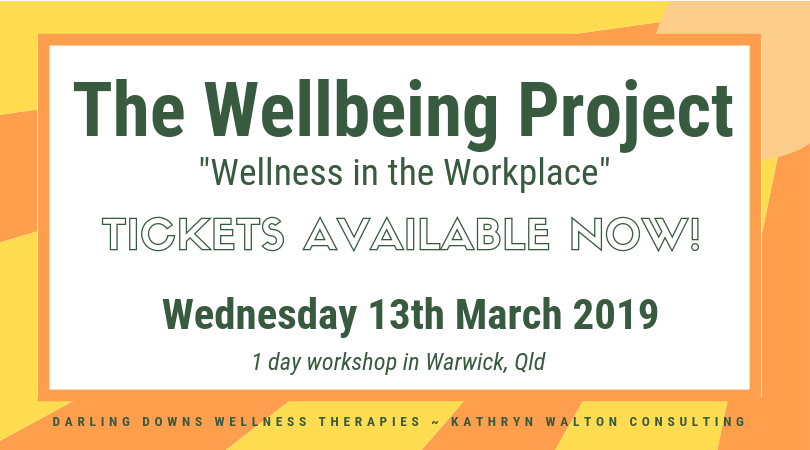
Are you ready to have inspiring conversations, discover the latest and greatest proven techniques to juggle your workload, improve your sleep and manage life’s stresses?
REGISTER FOR “The Wellbeing Project: Wellness in the Workplace”
Wednesday 13th March 2019
Warwick, Queensland, Australia

Discovering mountain biking as life’s ultimate parallel universe in her middle age, Kathryn Walton shares information and reflections in ‘Daisy Spoke’ that inform, inspire and empower women to a healthy and active lifestyle.

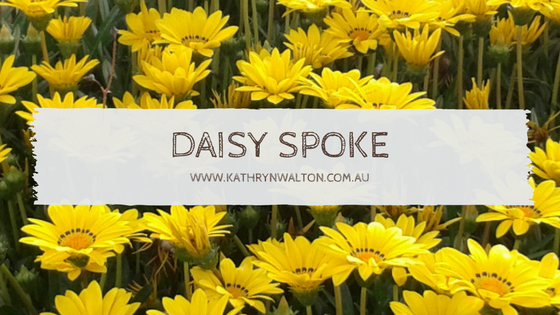


 also gradually taken place –
also gradually taken place –  Uncovering how best to manage this pest has
Uncovering how best to manage this pest has 
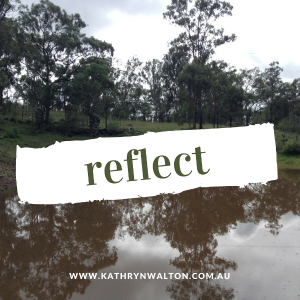
 And so as I
And so as I  So first of all, make sure you GET THE BIG ROCKS IN YOUR LIFE FIRST. They are your priorities so take steps to make sure you allow plenty of time and energy for them. Next put in your medium-sized rocks. Your small rocks go in after that and will be able to settle into the spaces between the bigger rocks. You can be more flexible with how they fit into your life. Next comes the sand. These things will be able to flow into the spaces that you have left. If there isn’t time and energy for them right now, that doesn’t matter. When things settle, they’ll have a place in your bucket once again.
So first of all, make sure you GET THE BIG ROCKS IN YOUR LIFE FIRST. They are your priorities so take steps to make sure you allow plenty of time and energy for them. Next put in your medium-sized rocks. Your small rocks go in after that and will be able to settle into the spaces between the bigger rocks. You can be more flexible with how they fit into your life. Next comes the sand. These things will be able to flow into the spaces that you have left. If there isn’t time and energy for them right now, that doesn’t matter. When things settle, they’ll have a place in your bucket once again. 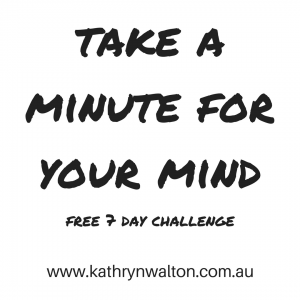
 The key to managing this is to NOTICE that it’s happening. If you are are not aware of your inner chatter, you will unconsciously believe it and go along with it instead of challenging it.
The key to managing this is to NOTICE that it’s happening. If you are are not aware of your inner chatter, you will unconsciously believe it and go along with it instead of challenging it.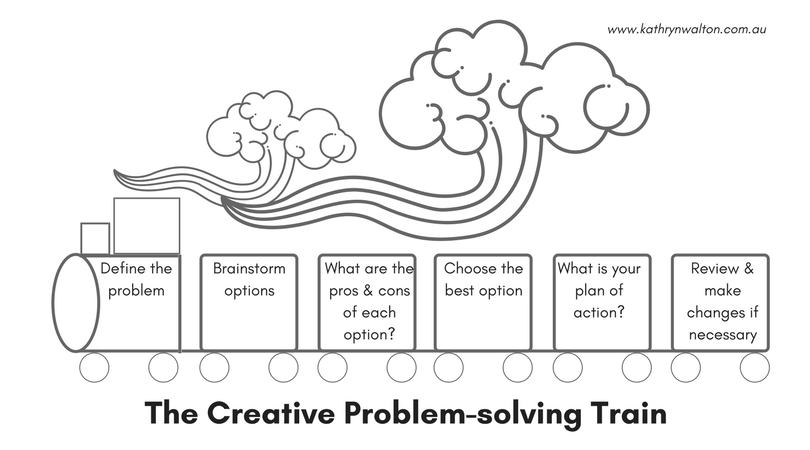
 The Carriages (or steps, if you prefer!)
The Carriages (or steps, if you prefer!) analysing
analysing  5. Write down your Plan of Action so that you have a clear and concise guide to implementing your selected option.
5. Write down your Plan of Action so that you have a clear and concise guide to implementing your selected option. more time? More resources?
more time? More resources? 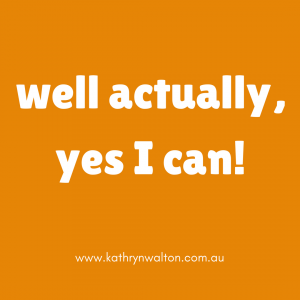 Blending creativity and logic is a powerful way to achieve success. Don’t allow your inner chatter stop you from getting started with your goals. And don’t let the obstacles limit you or your achievements. Follow the Creative Problem-solving Train to develop persistence and propel you forwards. Your mental health will thank you with improved self-confidence, resilience and unstoppability.
Blending creativity and logic is a powerful way to achieve success. Don’t allow your inner chatter stop you from getting started with your goals. And don’t let the obstacles limit you or your achievements. Follow the Creative Problem-solving Train to develop persistence and propel you forwards. Your mental health will thank you with improved self-confidence, resilience and unstoppability. time I respect them. I teach many individuals and groups how to use goals to enhance their mental health and wellness, and I see amazing progress when they are used effectively.
time I respect them. I teach many individuals and groups how to use goals to enhance their mental health and wellness, and I see amazing progress when they are used effectively. 
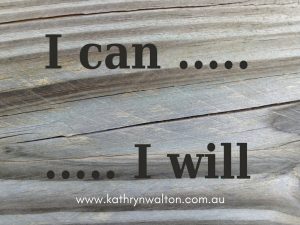 Remember all those problems your mind started to thinking about in Step 2? Problem-solving is where the power is (another blog later this month will look at this in more detail). Persistence makes all the difference between giving up on your goal (and yourself) and being unstoppable. Some of the problems will be predictable and you’ll be able to plan for them. Others less so.
Remember all those problems your mind started to thinking about in Step 2? Problem-solving is where the power is (another blog later this month will look at this in more detail). Persistence makes all the difference between giving up on your goal (and yourself) and being unstoppable. Some of the problems will be predictable and you’ll be able to plan for them. Others less so. In the meantime, if you haven’t already signed up for Grounded Inspiration, now’s a great time to do that. Never miss out on the latest news, inspiration or blog posts! And be the first to hear about my new releases throughout the year as I develop and publish programs to enhance women’s wellness and professional knowledge.
In the meantime, if you haven’t already signed up for Grounded Inspiration, now’s a great time to do that. Never miss out on the latest news, inspiration or blog posts! And be the first to hear about my new releases throughout the year as I develop and publish programs to enhance women’s wellness and professional knowledge.